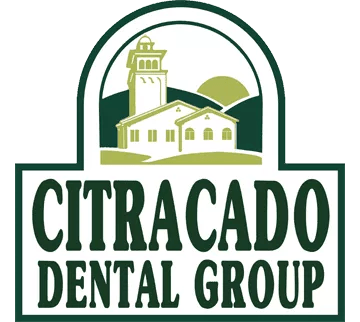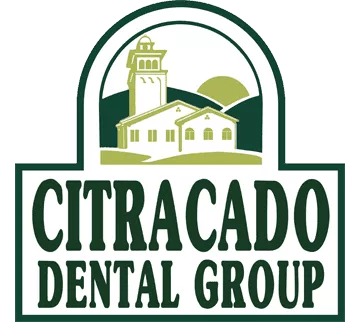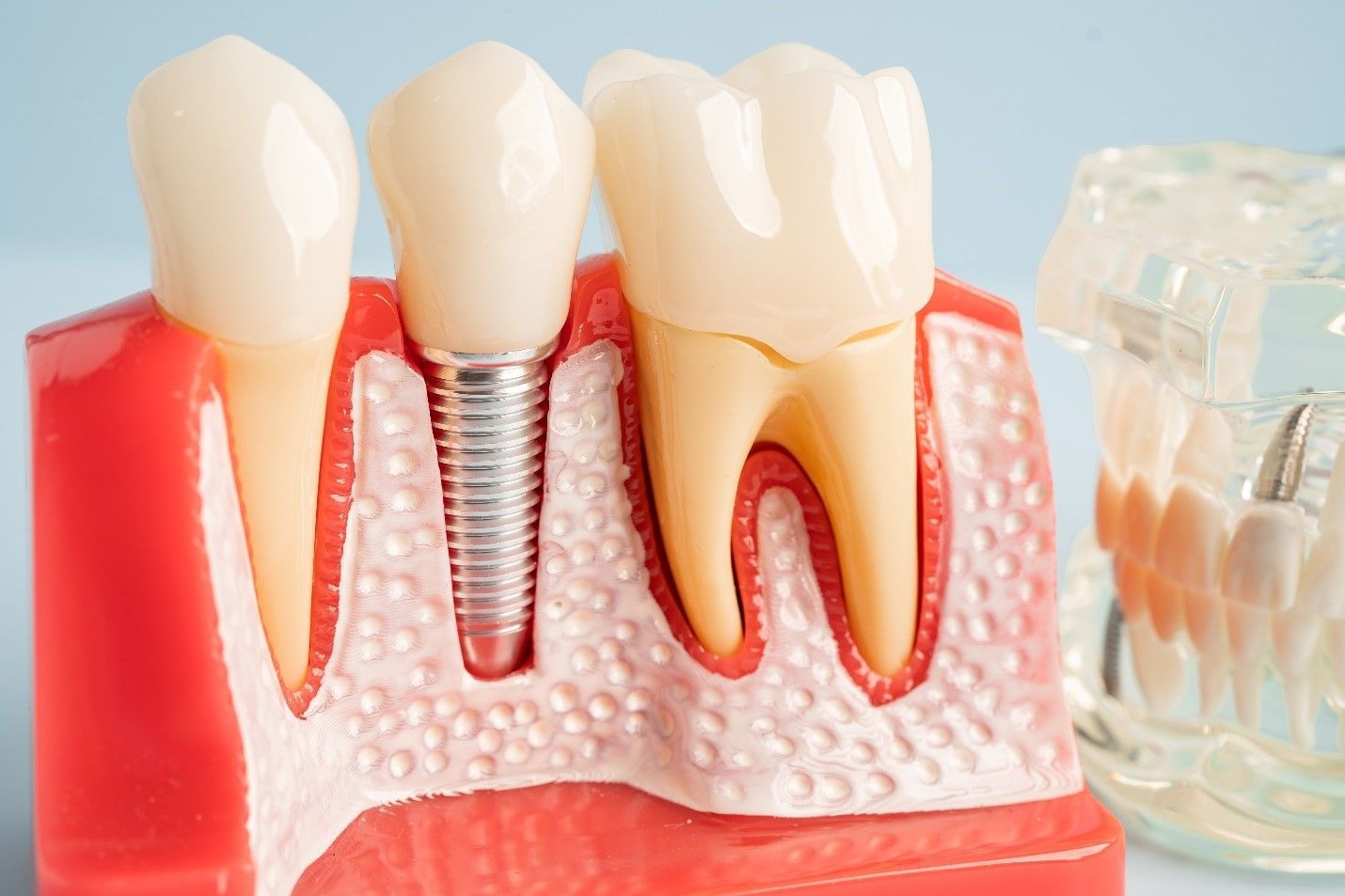Shedding Light on TMJ Disorders this November

November has assumed a new significance in recent years as it has been designated as Temporomandibular Joint (TMJ) Awareness Month. This observance serves as a crucial platform to disseminate information, promote understanding and encourage dialogue about TMJ disorders, a group of conditions that affect the jaw joint and the muscles controlling jaw movement.
Prevalence and Impact
TMJ disorders are more common than people may realize. The temporomandibular joint is a crucial component involved in essential daily activities like speaking, chewing and yawning. When this joint that connects the jawbone to the skull isn’t working properly, it can lead to a range of symptoms and can significantly affect everyday life.
Causes and Risk Factors
TMJ disorders can arise from various factors, including trauma to the jaw, arthritis, excessive teeth grinding (bruxism) or stress. Additionally, certain habits like nail-biting and gum-chewing can contribute to the development of these disorders. Identifying these factors is essential for both preventing and promptly addressing the issue.
Symptoms and Diagnosis
Temporomandibular joint (TMJ) disorders can manifest with a variety of symptoms, and individuals may experience a combination of these. These symptoms can range in intensity and frequency. Some common symptoms associated with TMJ disorders include:
- Jaw pain: The pain may be confined to the joint itself or extend to neighboring areas, like the face, ears or neck.
- Jaw clicking or popping: Many individuals with TMJ disorders may hear unnerving sounds when they open or close their mouths. This can be due to the displacement of the disc within the joint.
- Limited jaw movement: Some people with TMJ disorders may find it challenging to fully open or close their mouths. This limitation in jaw movement can be accompanied by a feeling of stiffness.
- Ear pain or fullness: Pain or pressure in the ears, sometimes resembling an earache, is a common symptom. This is because the TMJ is located in close proximity to the ears.
- Headaches: TMJ disorders can contribute to tension headaches or migraines. The pain may be felt in the temples or around the forehead.
- Facial pain: The jawline, cheeks or temples may have discomfort.
- Tenderness of the jaw muscles: The muscles that control jaw movement may become tender to the touch.
- Difficulty chewing or biting: Individuals with TMJ disorders may experience discomfort or pain while chewing, and some may avoid certain foods due to jaw pain.
- Locking of the jaw: Occasionally, the jaw might temporarily “lock” in either an open or closed position.
- Changes in bite: TMJ disorders can sometimes cause changes in the alignment of the teeth or the way the upper and lower teeth come together (malocclusion).
It's important to note that not all jaw pain or discomfort is necessarily related to TMJ disorders. If you exhibit these symptoms, visit us for a comprehensive evaluation.
Treatment Options and Management
An accurate diagnosis will determine an appropriate treatment plan. Non-invasive treatment options might encompass changing one’s lifestyle, mitigating stress and engaging in physical therapy. In more severe cases, medications or dental devices may be prescribed. For some, surgical options may be recommended.
Contact us to schedule an appointment today and let’s get to the root of any jaw pain you are experiencing.
QUICK MENU
RECENT POSTS






